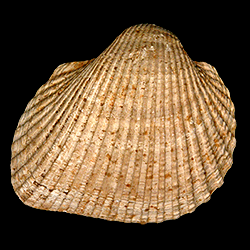
Anadara
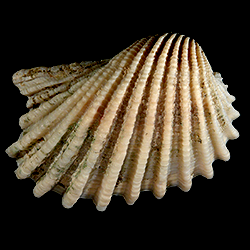
Overview
Anadara Gray, 1847.
Geological range: Late Cretaceous to Recent (source: Cox et al., 1969, Treatise N254). The Paleobiology Database reports the genus extending into the Early Cretaceous.
Geographic distribution: A distributional map for modern Anadara may be accessed from OBIS. A distributional map for ancient Anadara may be accessed from the Paleobiology Database (Primary data contributors: Hendy, A. J. W., W. Kiessling, and A. I. Miller.).
Diversity: The WoRMS database recognizes 90 species of extant Anadara (unvetted). The Paleobiology Database recognizes 269 species from the fossil record (unvetted) (Primary data contributors: Hendy, A. J. W., W. Kiessling, and A. I. Miller.); WoRMS recognizes 1 additional species (30 total).
Paleoecology: All species of Anadara are suspension feeders. Some species are epifaunal, some are semi-infaunal, and some are infaunal (without a siphon). Some species are sedentary (can reposition), while others are actively mobile. Species are either bysally attached ot the substrate, or unattached. Source: Todd (2015).
Phylogenetic status: Paraphyletic. A recent molecular phylogenetic analysis by Combosch and Giribet (2016) does not support the monophyly of Anadara.
Anadara Species present in the Neogene of the Southeastern United States
Anadara acompsa
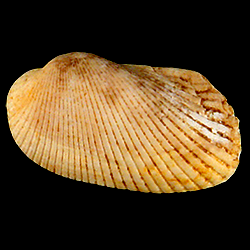
Anadara aequalitas
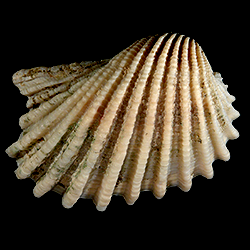
Anadara aequicostata
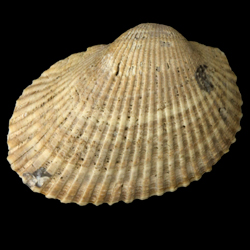
Anadara alumensis
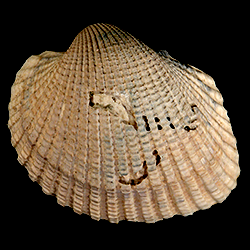
Anadara aresta
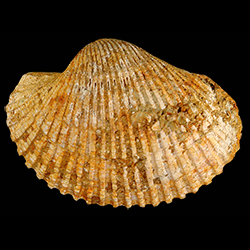
Anadara brasiliana
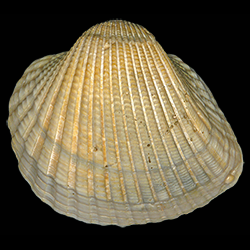
Anadara callicestosa
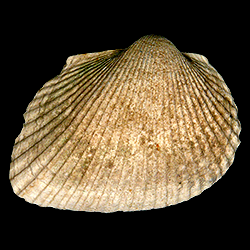
Anadara campsa
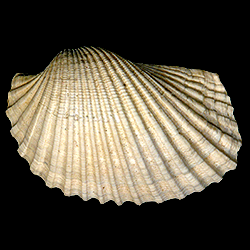
Anadara campyla

Anadara cardioides
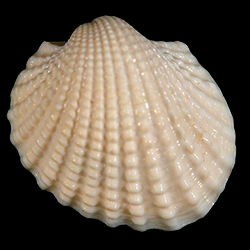
Anadara catasarca
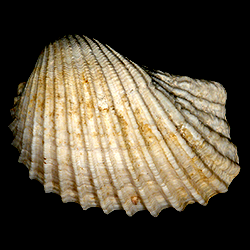
Anadara crassicosta
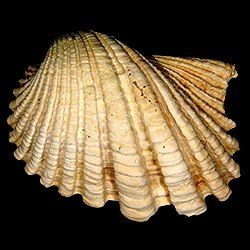
Anadara hoerleae
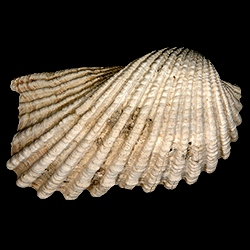
Anadara hypomela
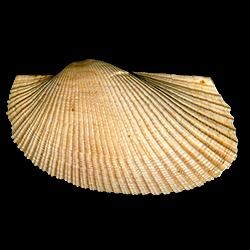
Anadara idonea
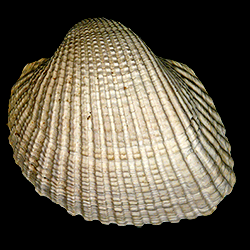
Anadara initiator
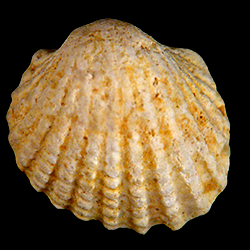
Anadara lienosa
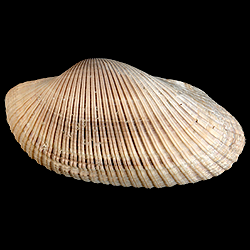
Anadara megerata
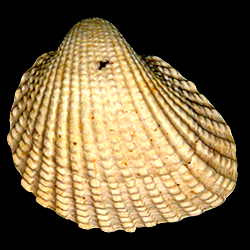
Anadara notoflorida
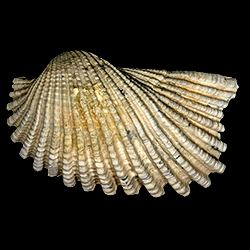
Anadara propearesta
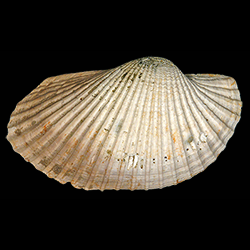
Anadara santarosana
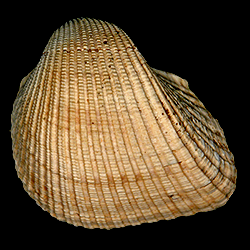
Anadara scalarina
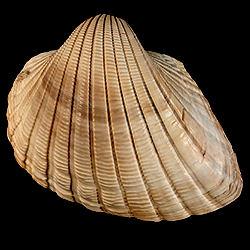
Anadara waltonia
